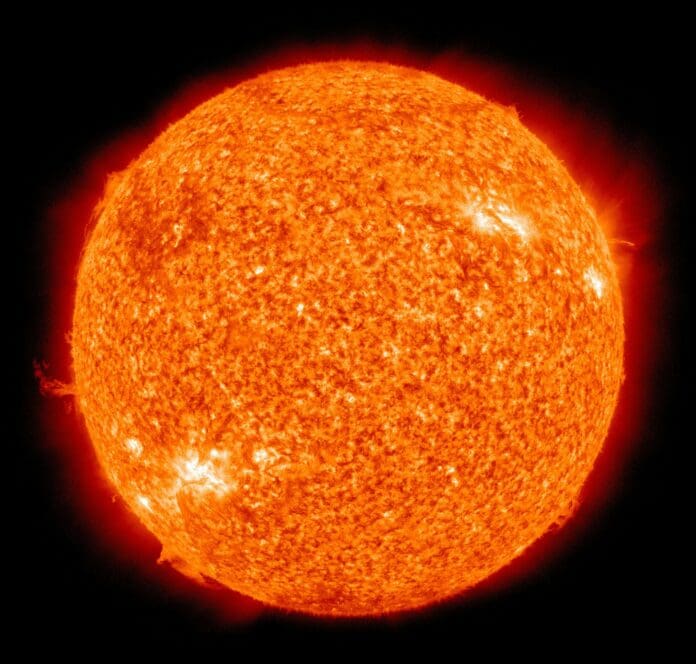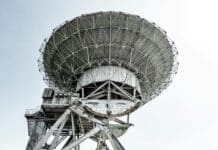This post is also available in:
 עברית (Hebrew)
עברית (Hebrew)
NASA has released a new artificial intelligence model designed to improve how solar activity is monitored and forecasted. Known as Surya, the model is built to analyze complex solar behavior and help anticipate space weather events that could disrupt satellites, communications, and power systems.
According to the press release, Surya is trained on data collected over nine years by NASA’s Solar Dynamics Observatory (SDO), which has provided a continuous, high-resolution record of the Sun since 2010. The model was trained on 9 years of this data and is designed to detect patterns in solar data and generate predictions about events like solar flares and ultraviolet output, which affect Earth’s upper atmosphere and technologies in orbit.
Using a foundation model architecture, Surya doesn’t require detailed labeling to learn. Instead, it processes raw solar images and magnetic field measurements to identify early indicators of solar activity. Preliminary tests show that Surya can forecast solar flares up to two hours in advance, with performance exceeding previous benchmarks by over 15%.
The model is already proving useful in predicting events that pose operational challenges for satellites. Solar storms can interfere with GPS, communications, and satellite navigation, and in more severe cases, they can impact orbital stability by heating the upper atmosphere and increasing drag on low-Earth orbit satellites.
Surya also has potential applications beyond forecasting. Its architecture allows it to assist in tracking active regions on the Sun, estimating solar wind speeds, and integrating data from other solar observatories, including the Parker Solar Probe and Solar and Heliospheric Observatory.
To support collaboration, NASA has made both the model and training data publicly available on platforms like HuggingFace and GitHub. This open-access approach enables researchers, educators, and developers to explore the model and apply it across related fields, including Earth observation and planetary science.
Surya’s development is part of a larger NASA initiative to incorporate AI into space science. Supported in part by the National AI Research Resource (NAIRR) Pilot, the project reflects growing efforts to use machine learning in monitoring dynamic systems like the Sun—where early detection can help protect critical infrastructure on Earth.


























